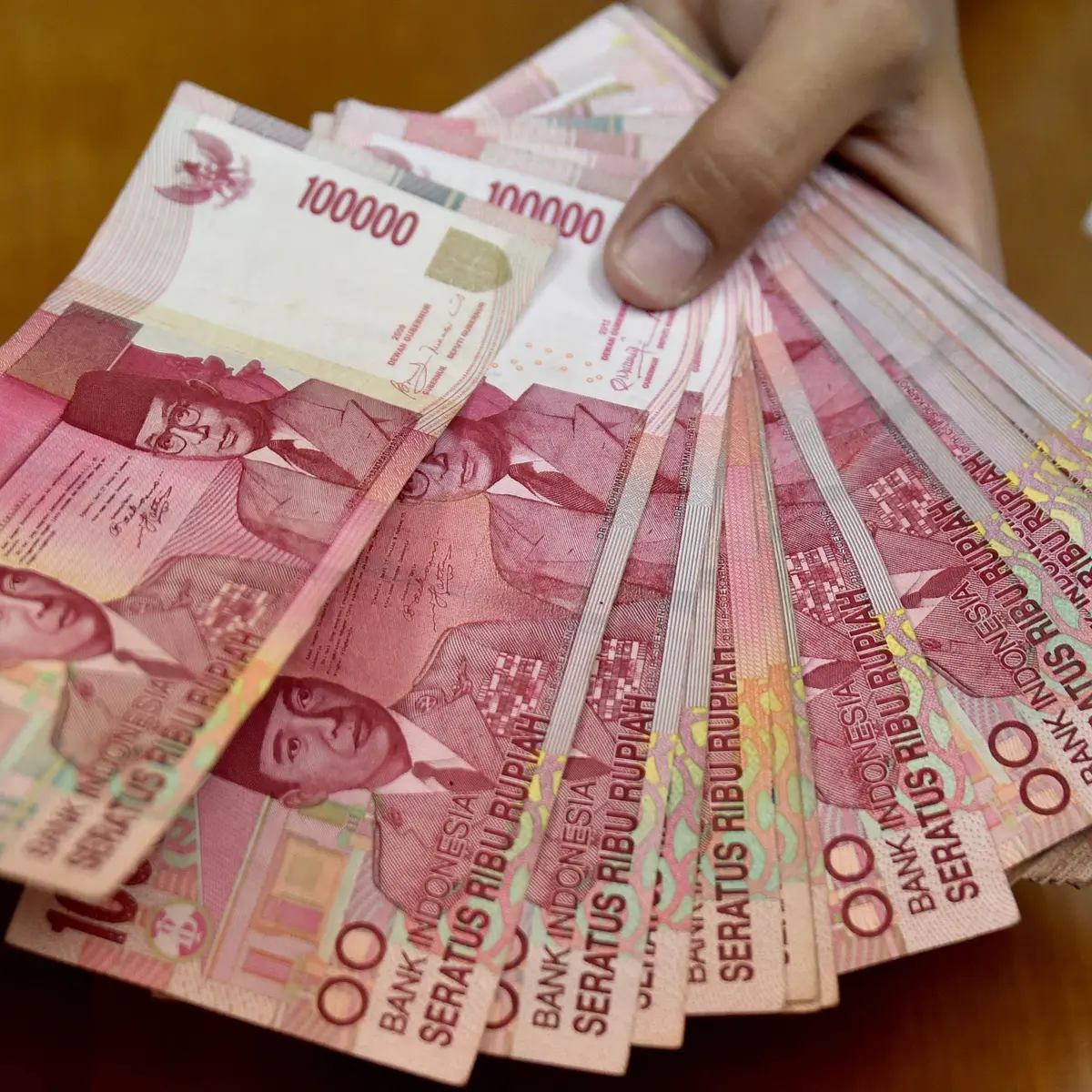SDTOTO ~ Aktifkan Notifikasi Toto 5000 Terbaru & Masuk Toto Togel Terbaik Versi Google Play
IDR 10.000 ( 10K )
Selamat datang dan aktifkan notifikasi link Situs toto 5000 terbaik versi Google play di Hp kalian. SDTOTO menawarkan sebuah link toto 5000 penyedia daftar toto togel yang paling digemari di Indonesia. Temui pengalaman bermain terbaik dan dapatkan kemenangan dengan mudah pada Situs toto kami!
Trending Search :
- SDTOTO
- Situs SDTOTO
- situs toto togel
- situs togel terbesar
- situs togel resmi
- situs togel terpercaya
- situs bandar togel
- situs togel online
- situs togel 4d
- agen togel resmi
- agen togel terbesar
- agen togel terpercaya
- agen togel 4d
- agen togel online
- bandar togel terbesar
- bandar togel terpercaya
- bandar togel resmi
- bandar togel 4d
- bandar togel online
- bandar togel hadiah terbesar
- bo togel terbesar
- bo togel asia
- bo togel bet 100
- bo togel resmi
- bo togel terpercaya
Quantity:

